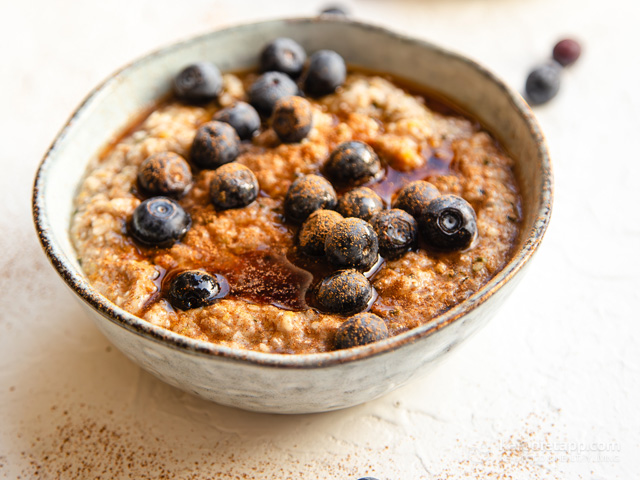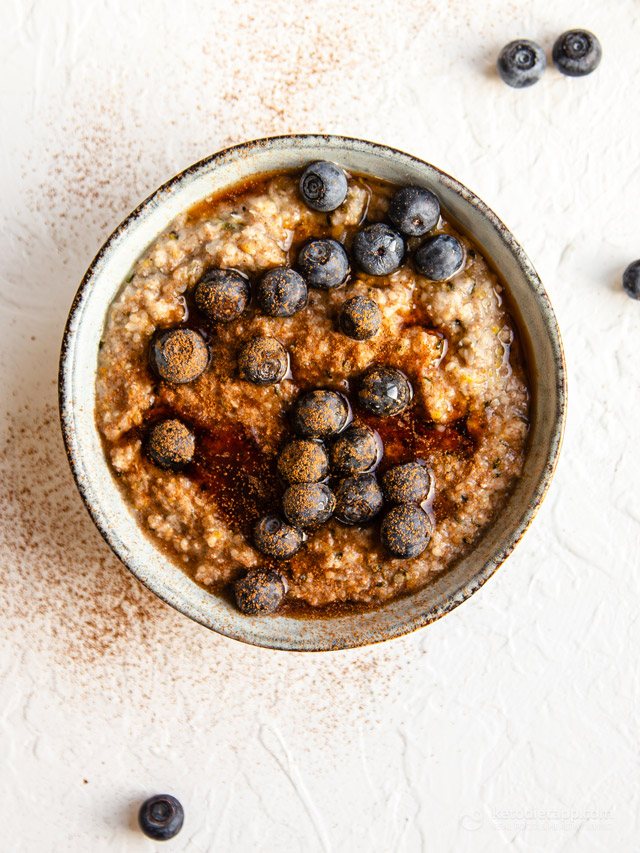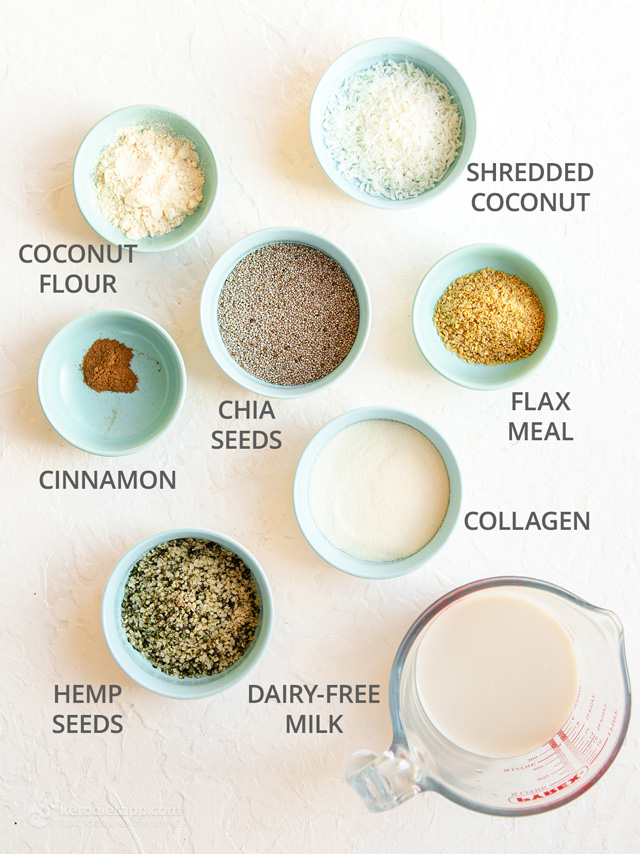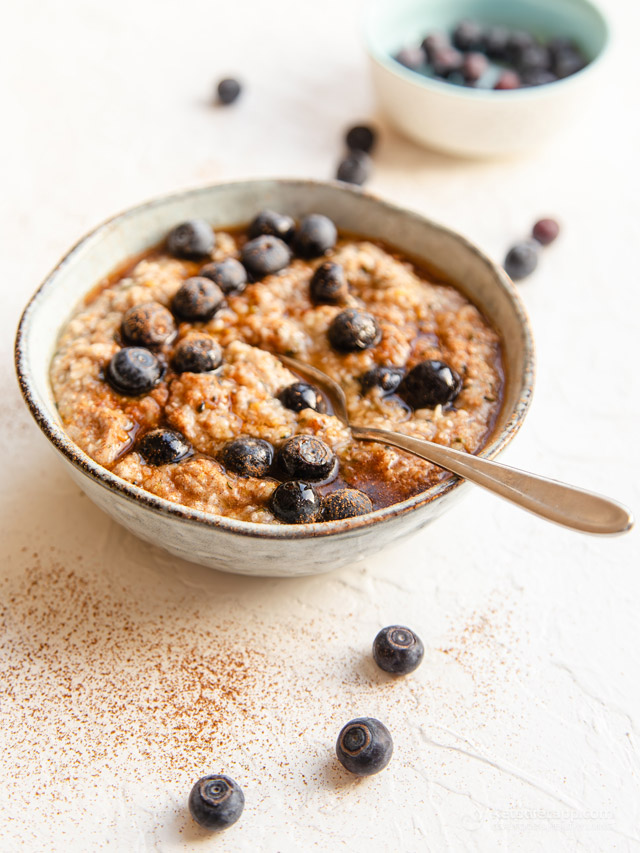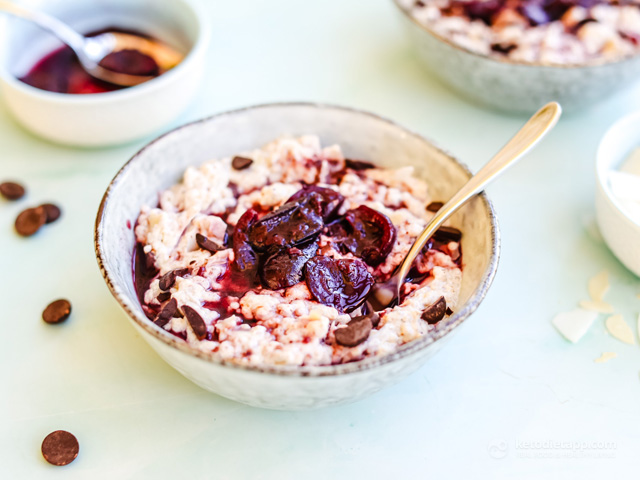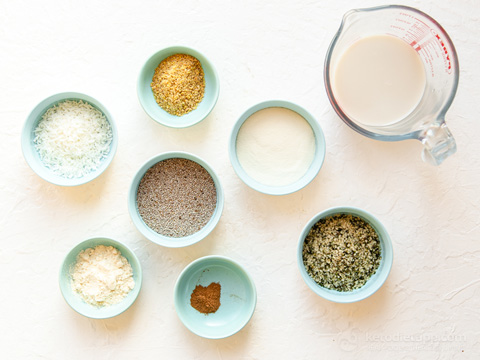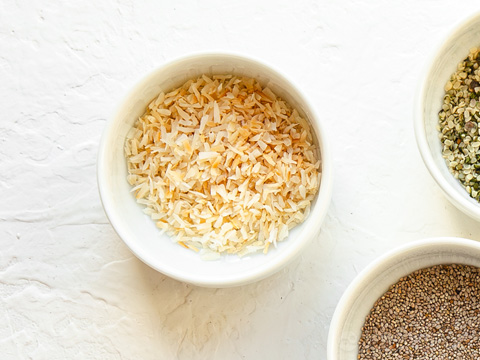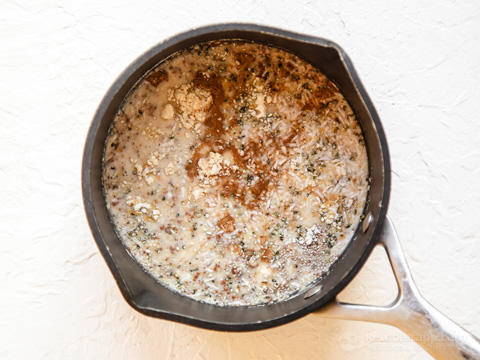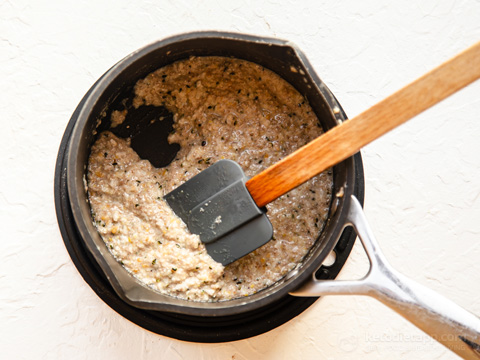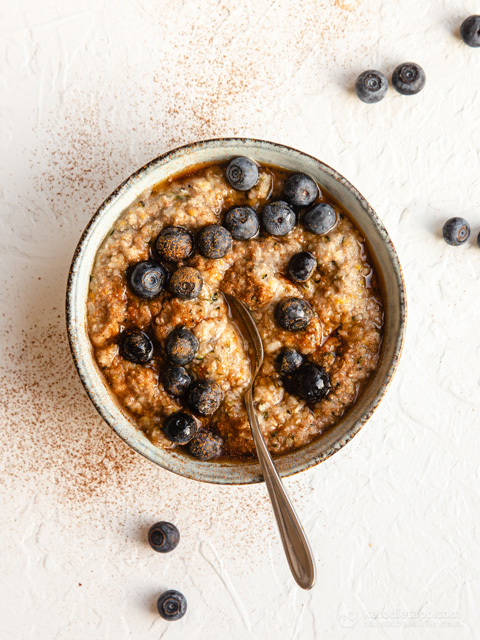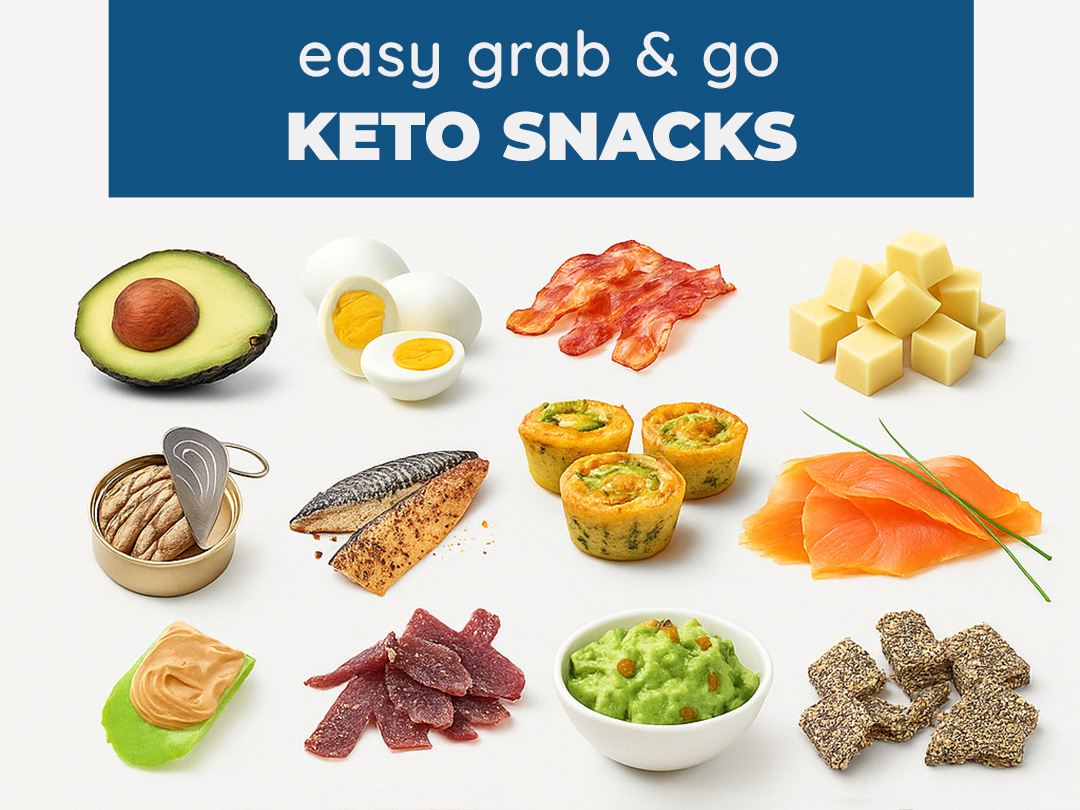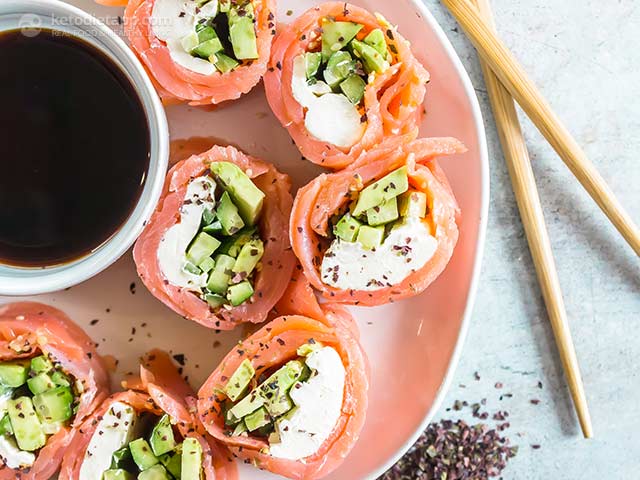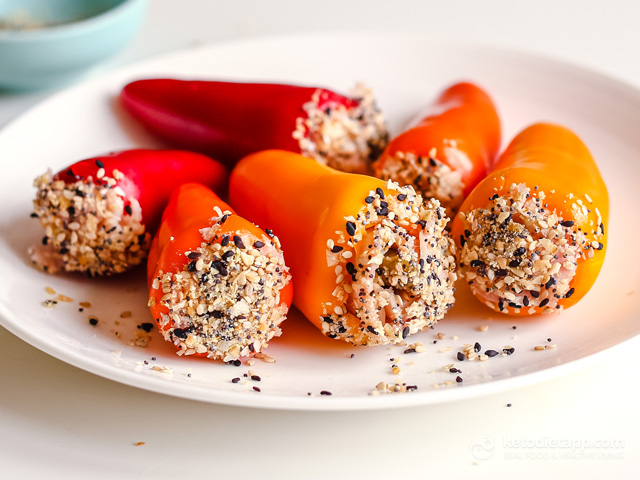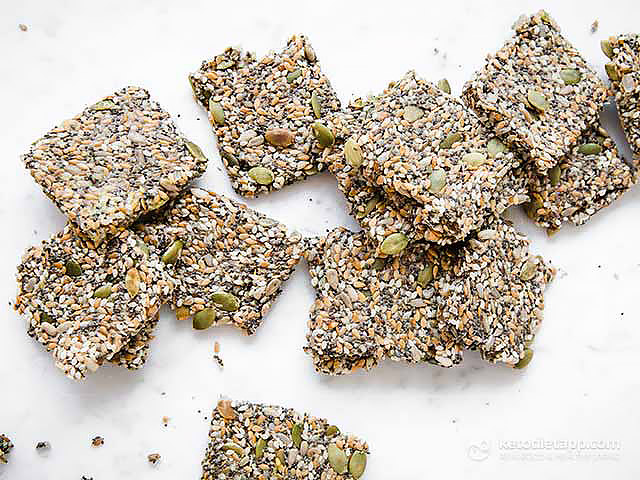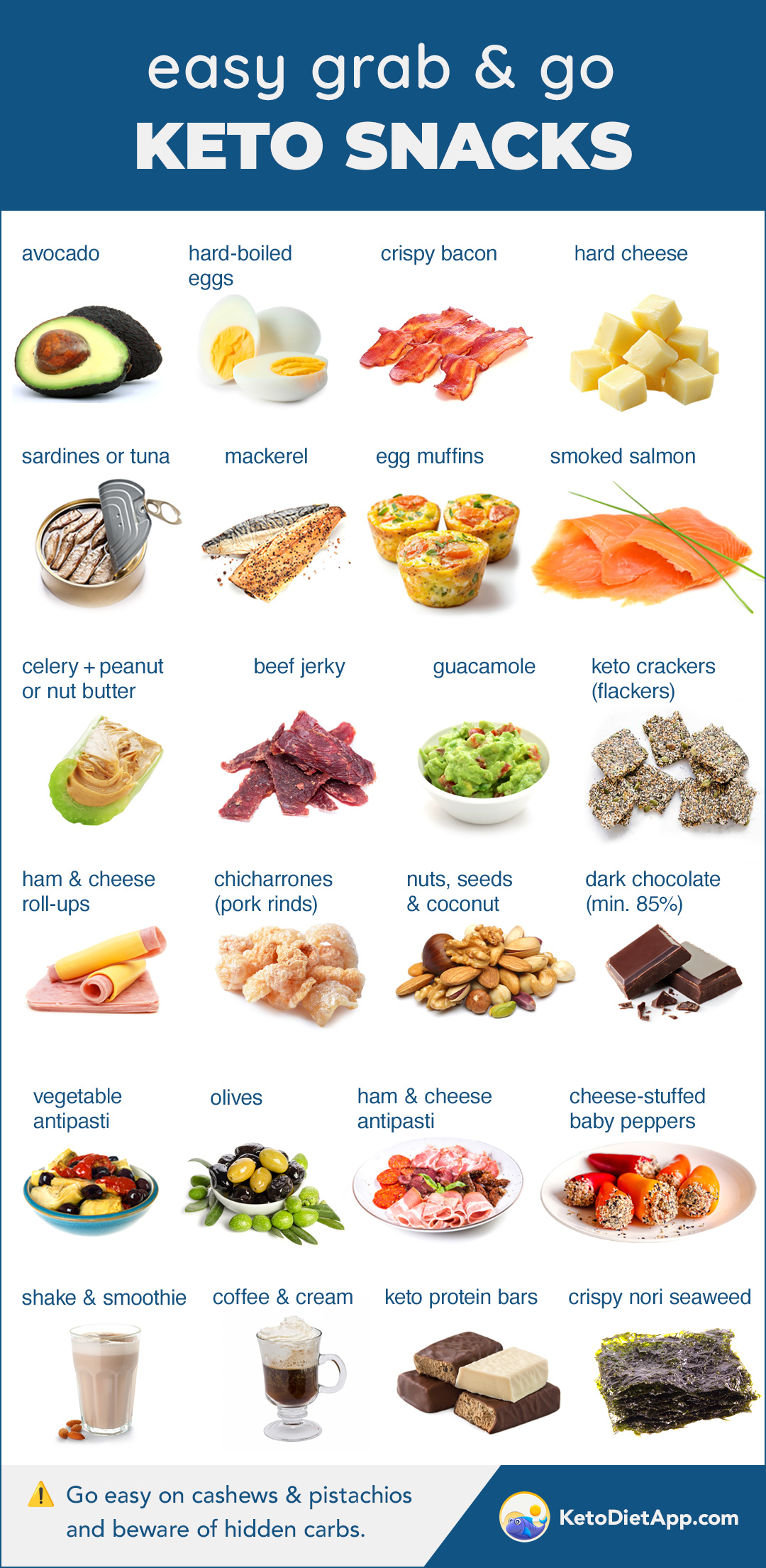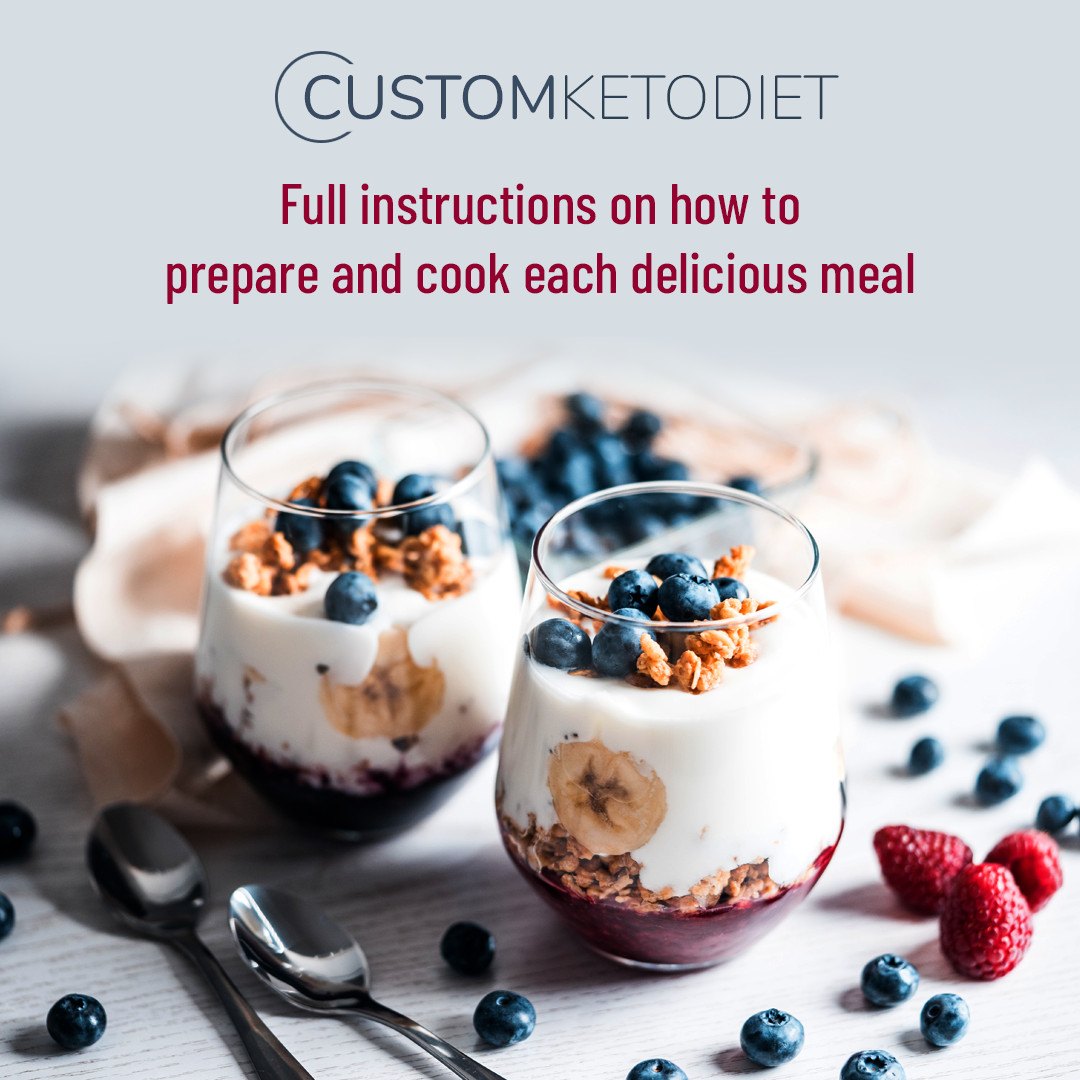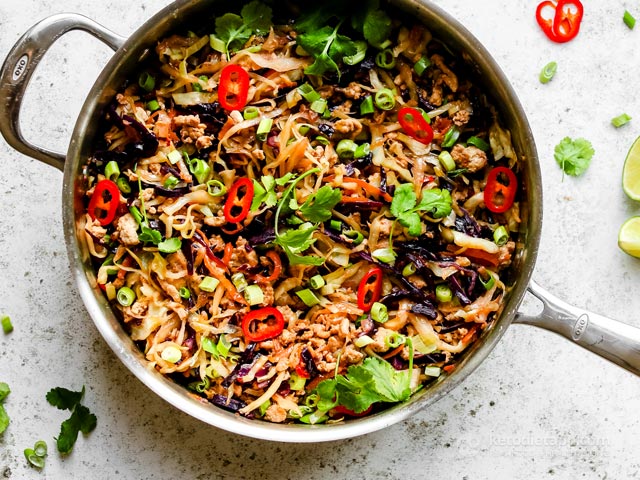
When weeknights get busy, I always reach for quick and simple meals like this Ginger Chili Chicken Stir Fry. It’s my spin on the classic Egg Roll in a Bowl aka Crack Slaw, but with a little extra kick from fresh ginger and chili. Everything comes together in one skillet in under 20 minutes, which makes it a recipe I keep on repeat.
Why I Keep Coming Back to This Stir Fry
- Protein-packed but light – Ground chicken makes it filling without being heavy.
- Fast and fuss-free – From pan to plate in under 20 minutes, no complicated steps.
- Built-in veggies – The coleslaw mix adds crunch and color without extra prep.
- Big flavor payoff – Ginger and chili bring heat, and the lime plus coconut aminos add a fresh, tangy kick.
- Easy to change up – Add peanuts, cilantro, or Sriracha for extra flavor.
Ingredients & Swaps
- Olive oil or ghee – Used for cooking the aromatics and chicken. Avocado oil or coconut oil also work well.
- Ground chicken – Lean, high in protein, and quick to cook. Swap with ground turkey, pork, or beef if you prefer. Avoid lamb as it's too fatty.
- Coleslaw mix – The ultimate shortcut with shredded cabbage and a little carrot. If you can’t find it, shred your own cabbage mix.
- Fresh ginger and garlic – Add sharp, aromatic flavor. Ground ginger or garlic powder can work, but fresh makes a big difference.
- Red chili pepper – Brings the heat. Use less or remove seeds for mild flavor, or add more for extra spice.
- Coconut aminos or tamari – Gives a savory, umami punch. Soy sauce works too if you don’t need it gluten-free.
- Fresh lime or lemon juice – Balances everything with a tangy finish.
- Onion – Red onion adds mild sweetness, but yellow or white onion also works.
- Spring onions & other toppings – Finish with sliced spring onion, cilantro, peanuts, or Sriracha for more flavor and texture.
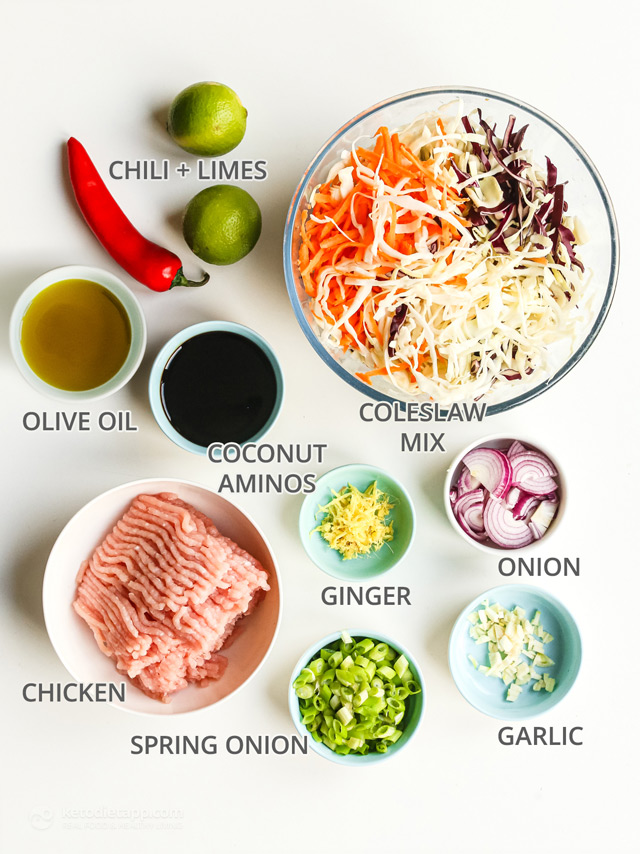
Can I use homemade coleslaw mix?
Yes! If you can’t find ready-made coleslaw mix, you can make your own (I do that all the time!). Just shred green or white cabbage, add some red cabbage, and a little carrot. If you're keto, a small amount of carrot won’t affect your carb count in any significant way. That's just one of many diet myths.
Kitchen Tips for the Best Stir Fry
- Prep everything first – This cooks fast, so have your veggies chopped and seasonings ready before heating the skillet.
- Use a hot pan – Medium-high heat helps brown the chicken and keeps the cabbage from steaming.
- Don’t overcook the cabbage – Toss until just crisp-tender; it should keep a bit of crunch.
- Adjust spice to taste – Remove chili seeds for milder heat, or add Sriracha for more kick.
- Balance the flavors – Taste before serving and add extra lime juice, salt, or coconut aminos if needed.
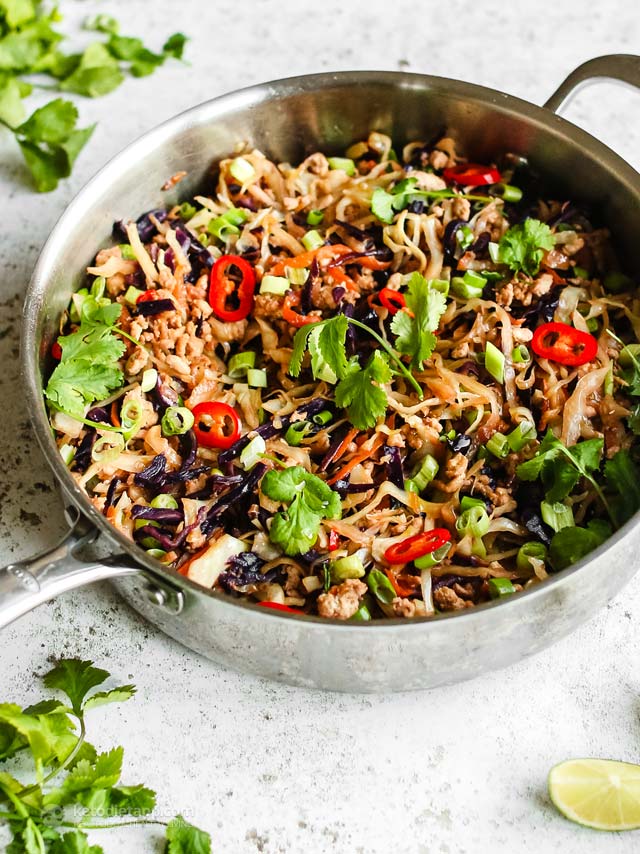
Servings, Storage & Reheating
This recipe makes 4 moderate servings, or 2 larger portions if you prefer a more filling, higher-protein meal.
Let the stir fry cool completely before storing. Keep it in an airtight container in the fridge for up to 4 days. Reheat in a skillet over medium heat with a splash of water or oil, or warm it in the microwave until heated through.
Similar Recipes You Will Love
If this Ginger Chili Chicken Stir Fry is your kind of weeknight dinner, you’ll want to try these other quick and flavorful low-carb recipes too:
- The original Egg Roll in a Bowl
- Brussels Sprout & Sausage Crack Slaw
- Cheeseburger in a Bowl
- Spring Roll in a Bowl
- Spinach & Feta Shakshuka
- Asian Vegetable & Noodle Stir-Fry
 |
 |
 |
 |
 |
 |
Preparation time
Hands-on: 15 minutes
Overall: 15-20 minutesNutritional values (per serving, about 225 g/ 8 oz)
| Total Carbs | 11.5 | grams |
| Fiber | 3.6 | grams |
| Net Carbs | 8 | grams |
| Protein | 28.5 | grams |
| Fat | 16.8 | grams |
| of which Saturated | 2.6 | grams |
| Energy | 310 | kcal |
| Magnesium | 37 | mg (9% RDA) |
| Potassium | 543 | mg (27% EMR) |
Macronutrient ratio: Calories from carbs (11%), protein (38%), fat (51%)
Ingredients (makes 4 servings)
- 1 small red onion (60 g/ 2.1 oz)
- 1 clove garlic, minced
- 1 tbsp fresh grated ginger
- 1 medium red chili pepper (15 g/ 0.5 oz)
- 4 tbsp virgin olive oil or ghee (60 ml)
- 500 g ground chicken breasts (1.1 lb)
- 500 g coleslaw mix (1.1 lb)
- 1/4 cup coconut aminos or tamari sauce (60 ml)
- 2 tbsp fresh lime or lemon juice (30 ml)
- sea salt and pepper, to taste
- 3 medium spring onions, sliced (45 g/ 1.6 oz)
- Optional to serve: fresh cilantro, more lime juice, chopped roasted peanuts, and Sriracha sauce (I make my own Fermented Sriracha Sauce)
Instructions
- Peel and slice the red onion, mince the garlic, grate the ginger.Slice the chili pepper and remove the seeds.
Note: For homemade coleslaw mix made with fresh carrot, white and purple cabbage, check recipe tips.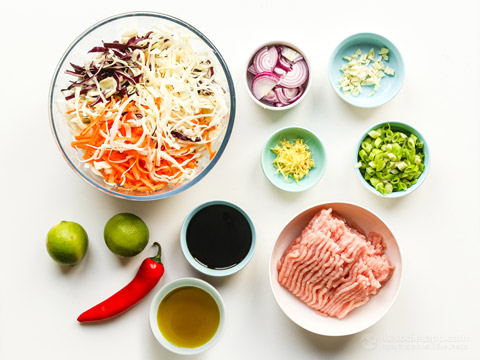
- Place sliced red onion in a skillet greased with olive oil (or ghee). Cook for 2-3 minutes until fragrant. Add garlic, ginger and chili pepper.
- Add ground chicken. Use a spatula to break into pieces. Cook on medium-high for 5 to 8 minutes until browned.
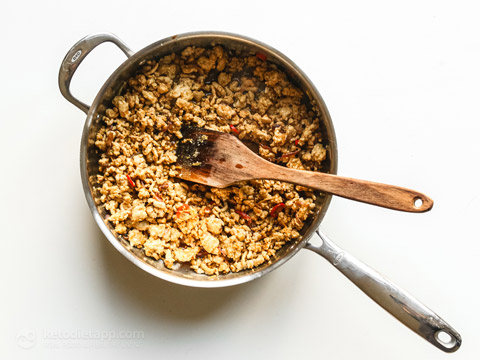
- Add the coleslaw mix. At first this will seem like a lot but the cabbage will cook down. Using tongs, toss while cooking.
- Mix in the coconut aminos and lime juice.
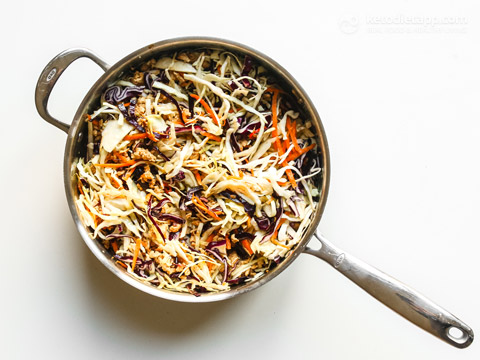
- Cook for about 10 minutes or until the cabbage is crisp tender. Take off the heat and set aside. Optionally, season with salt and pepper to taste.
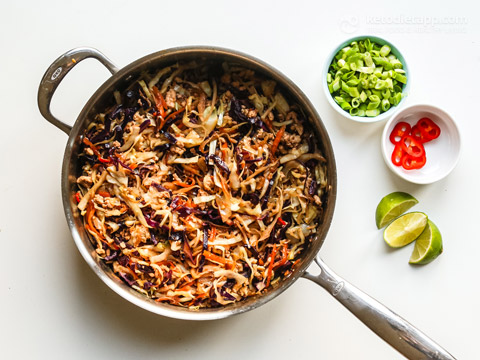
- Sprinkle with spring onion and serve with lime wedges. You can optionally add cilantro, chopped roasted peanuts and/or a drizzle of Sriracha sauce.
- To store, let it cool down and refrigerate for up to 4 days. Reheat before serving.
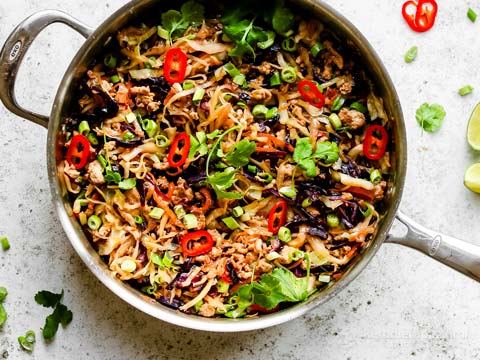
from KetoDiet Blog https://ift.tt/HxLQsni
via IFTTT
